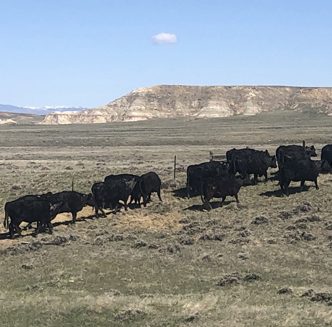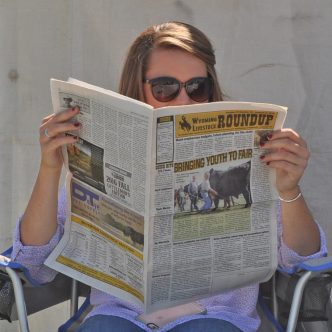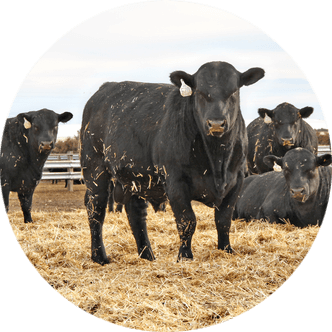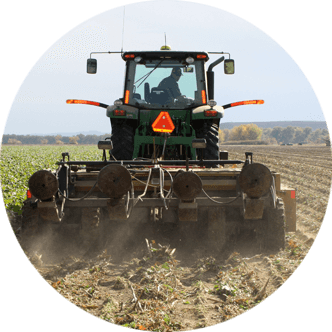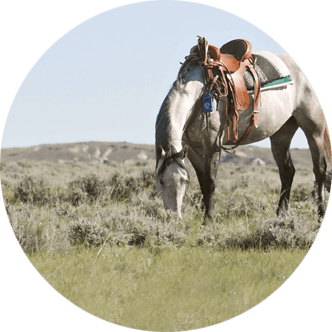Landowners want to save ranching in the most threatened ecosystem in the world
The Lesser Prairie Chicken Landowner Alliance (LPCLA) acknowledged America is losing up to two million acres of prairie grasslands in the American Great Plains every year.
The group, supported by the North American Grouse Partnership (NAGP), includes concerned ranchers in the five southwestern Great Plains states of Kansas, Oklahoma, Texas, New Mexico and Colorado.
They are calling to save American ranching, in part to conserve habitat for grassland-dependent wildlife species which are also declining.
“Grasslands are the most threatened ecosystem on the continent and in the world,” stated NAGP Executive Director Ted Koch. “As we lose grassland acres, we also lose ranching, rural community stability, water in aquifers, healthy soils, wildlife populations and beef production. Nowhere are these threats greater than in the southwestern Great Plains region.”
Impact of habitat loss
The LPCLA released a video production by Cornell Lab of Ornithology sharing how this habitat loss is impacting the Lesser prairie chicken, a harbinger of prairie health. The iconic grouse is increasingly threatened throughout its range.
“We, the ranchers of LPCLA, propose to stop and reverse these trends in grassland losses by establishing ‘ranching strongholds.’ We offer the opportunity for all Americans to invest in a more strategic, focused and sufficient manner in the wealth of conservation and community services working rangelands provide,” said Stacy Hoeme and Bret Riley, co-leads for the alliance.
“By conserving these prairie chickens, I know my ranch will always stay a ranch,” said Hoeme, whose ranch is located in Gove County, Kansas.
Hoeme recently secured thousands of acres of permanent easement on his ranch and can now leave the property to his children and their children so they too can respect and enjoy the grasslands.
Riley agreed, stating, “A generation ago, one could make a living off of 200 head of livestock. Today, they need a job in town.”
Riley runs cattle in Leedey, Okla. and Caprock, N.M.
“Getting paid fair market value for the important conservation services on our lands is essential to stopping and reversing the decline in ranchers and grasslands here,” he continued.
“The number of U.S. livestock producers is down 40 percent since the 1980s, and these ranchers are hoping to maintain a way of life on the American prairie consistent with saving imperiled wildlife,” noted Koch. “The U.S. cattle herd count is at its lowest point since 1951.”
The LPCLA reported 41 out of 44 rural counties across the region with the best remaining grassland strongholds have lost human population since 1980.
Mule deer and pronghorn have been declining for decades, and Lesser prairie chickens have been listed under the Endangered Species Act twice in the past 10 years, with more grassland species at risk.
Need for conservation ranching
The video production features landowners’ voices articulating the need for more “conservation ranching” for the benefit of people and wildlife.
“Americans spend billions of dollars to conserve grasslands each year, yet grassland losses continue because many government-backed programs are diffuse and insufficient rather than strategic and focused on a conservation goal, like saving the most threatened ecosystem on Earth and ranching along with it,” the landowners said.
“We want negotiated contracts to produce conservation outcomes, not fixed-price contracts to implement a practice,” said LPCLA Rancher Bill Barby of Beaver, Okla.
Stopping the loss of ranchers and grasslands will require a deliberate focus, rather than hoping for it as an ancillary outcome from implementing 40-year-old programs which, so far, have failed to deliver these outcomes.
LPCLA Member Mark Gardiner of Ashland, Kan. said using grasslands to feed cattle makes economic sense.
“The key is to have a healthy ecosystem, and to have a healthy ecosystem, it’s no different than living in our rural community. Prairie chickens are important, but people are too,” Gardiner said.
The Western Landowners Alliance (WLA) advances policies and practices to sustain working lands, connected landscapes and native species. This article was originally published in WLA’s On Land publication on Oct. 2.

